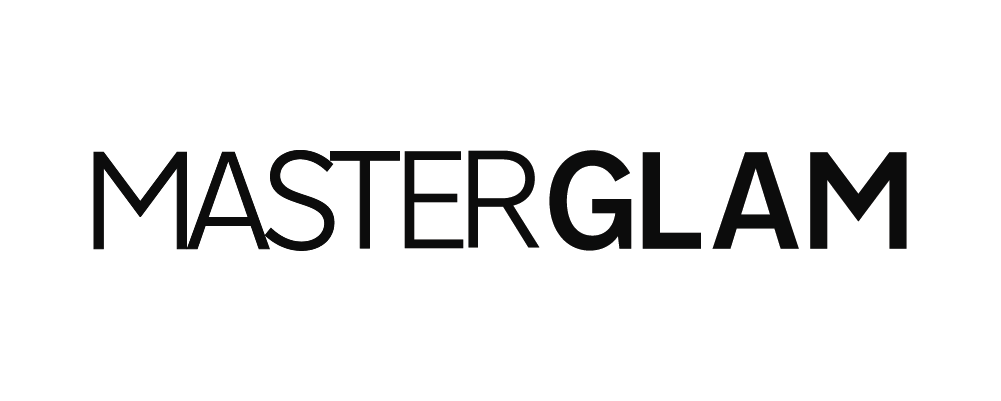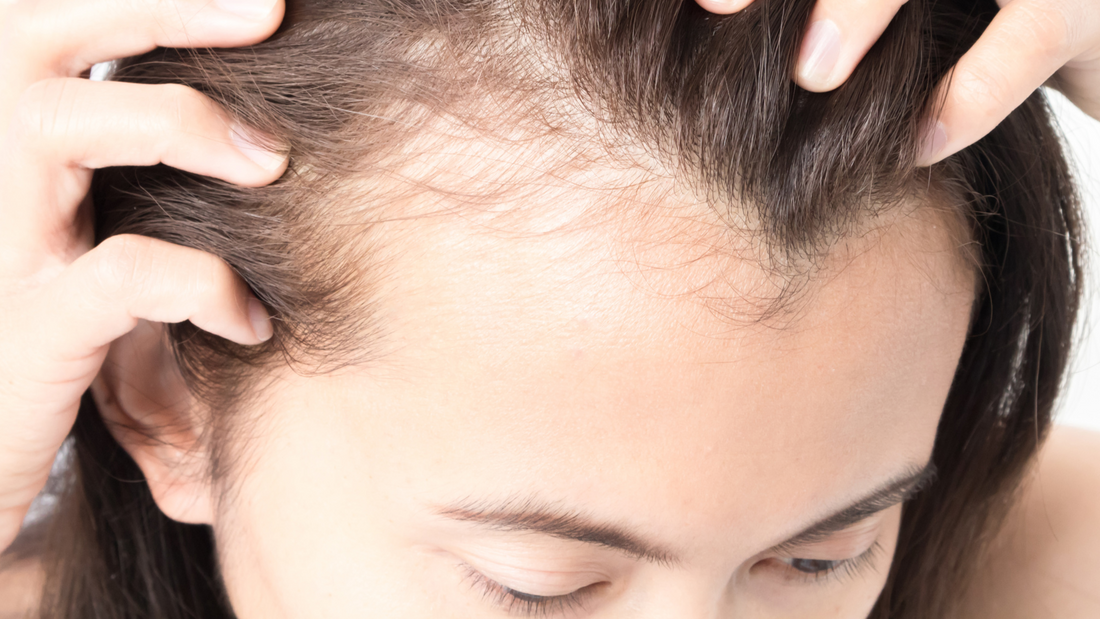This month, we are focused on the theme of recognizing and breaking down bad habits and establishing better routines through self-awareness. In the first highlight post of the New Year, we are educating ourselves and others about the harsh realities of trichotillomania and why it's such a complex hair loss disorder to treat. Our goal is to create a more accepting and inclusive environment through education.
What is trichotillomania?
Trichotillomania (TTM) is a complex disorder characterized by the recurrent pulling out of one's own hair, often leading to patchy, localized hair loss. TTM is one of three complex body-focused repetitive behaviors (BFRB), alongside nail-biting and skin-picking. The American Psychiatric Association classifies TTM on the spectrum of obsessive-compulsive disorder (OCD) in the DSM 5.
Symptoms such as scalp, eyebrow and eyelash hair loss often lead to a diagnosis in early childhood or adolescence. TTM is considered to be a chronic condition that can be effectively managed with a mix of cognitive behavioral approaches.
3 ways to support someone experiencing Trichotillomania
- Don't make assumptions about triggers; ask them. Symptoms can manifest as either subconscious or deliberate type pulling. Knowing the difference between the two is crucial to understanding what kind of support would be of use to someone living with trichotillomania.
- Avoid piling on your emotions. A symptom of trichotillomania is experiencing a sense of relief or regaining control after plucking.
- Listen to what they need.
Are there any treatments for Trichotillomania?
Habit Reversal Training (HRT), a form of cognitive behavioral therapy and stimulus control are two of the most effective forms of treatment. With HRT, people with TTM work with a clinical behavioral therapist (CBT) to develop a "competing response", i.e. a non-destructive alternative to the original act of hair pulling. A stimulus control intervention may involve a loved one installing a light dimmer in a bathroom to reduce sensory triggers.
Selective serotonin reuptake inhibitors or SSRIs are a class of antidepressant medications that have been shown to be effective in patients that present a comorbid diagnosis. According to researchers at Texas A&M, nearly a third of adults with TTM present with at least one comorbid diagnosis, the most common ones being major depression, affecting 28.6% of those surveyed and OCD in 10.7%. Comparatively, around 32.6% of children are co-diagnosed with an anxiety disorder. Other drugs include N-acetylcysteine (NAC) and antipsychotics.
What are the signs of trichotillomania?
While trichotillomania most often results in loss of hair on the scalp, eyebrows, and eyelashes, it can affect any hair on the body that is long enough to be pulled. One of the most widely accepted clinical testing methods was a modified version of the Yale-Brown test, which scored patients against the severity to which hair is pulled and their intrusive thoughts surrounding their hair pulling.
Will hair grow back after trichotillomania?
A derm will be able to help determine whether the area is scarring or nonscarring. With nonscarring, hair follicles are not permanently damaged and will grow back once pulling stops. It is best to intervene early before follicles are permanently damaged. In cases where permanent scarring has occurred, the follicle openings will be covered in scar tissue and won't regenerate new ones.
How can I help a loved one who might be experiencing trichotillomania?
Anxiety and Depression Association of America is a 501(c)(3) with a 4-star rating for accountability in Charity Navigator dedicated to the prevention, treatment, and cure of anxiety, depression, OCD, PTSD, and co-occurring disorders.
The TLC Foundation for Body Repetitive Behavior a Santa Cruz advocacy group dedicated to supporting people with trichotillomania and other BFRB disorders
Trichstop Build your own customized therapy program with a TrichStop therapist and trichotillomania expert.
References
Bruce TO, Barwick LW, Wright HH. Diagnosis and management of trichotillomania in children and adolescents. Paediatr Drugs. 2005;7(6):365-76. doi: 10.2165/00148581-200507060-00005. PMID: 16356024. - PubMed (nih.gov)
Houghton DC, Maas J, Twohig MP, Saunders SM, Compton SN, Neal-Barnett AM, Franklin ME, Woods DW. Comorbidity and quality of life in adults with hair pulling disorder. Psychiatry Res. 2016 May 30;239:12-9. doi: 10.1016/j.psychres.2016.02.063. Epub 2016 Mar 2. PMID: 27137957; PMCID: PMC4855296.


